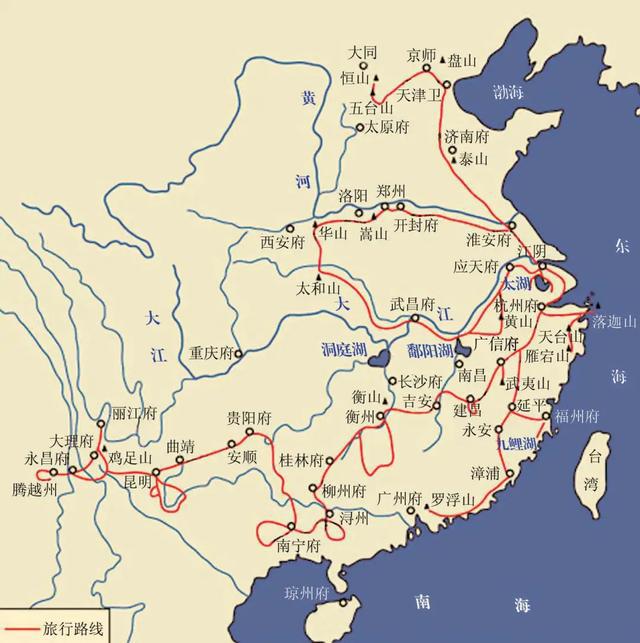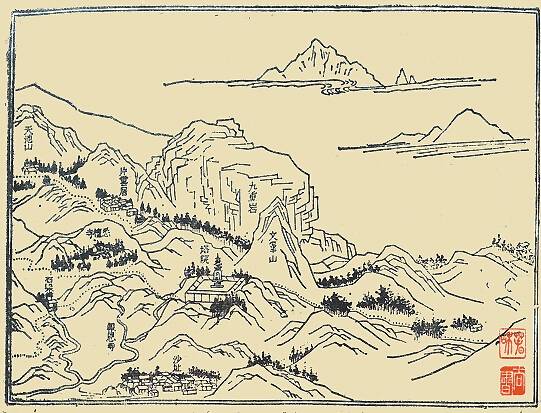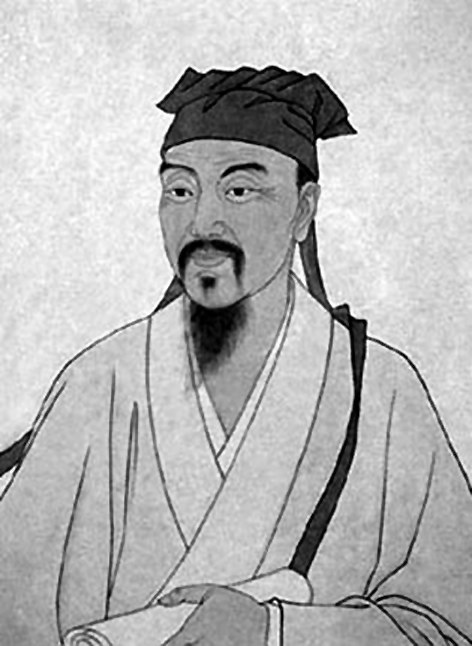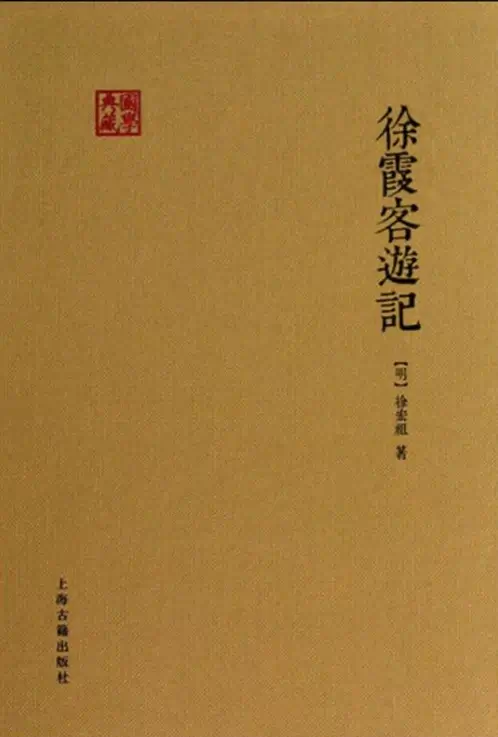The earliest diary travel notes in China
Overview
Chinese Name: 徐霞客游记
English Name: TheTravels of Xu Xiake, Xu Xiake’s Travels, Xu Xiake You Ji
Author: Xu Xiake 徐霞客
Originally Published: 1642 A.D (Ming Dynasty)
Genre: History, Geography
Brief Introduction of The Travels of Xu Xiake
The Travels of Xu Xiake徐霞客游记 is a prose travel note created by Xu Xiake徐霞客, a geographer in the Ming Dynasty. After 34 years of travel, Xu Xiake left more than 600000 Chinese words of travel notes. After his death, the materials were compiled into Xu Xiake’s Travels by others.
The Travels of Xu Xiake describes the author’s travel observations from 1613 to 1639, and makes detailed records of geographical, hydrological, geological, plant and other phenomena.

This book is the first work to systematically investigate China’s geomorphology and geology. At the same time, it also describes the scenic resources of China’s great rivers and mountains. In addition, the beautiful words also make it a masterpiece of literature, which is of great value in geography and literature.
The fresh and beautiful writing style used to describe things in The Travels of Xu Xiake makes readers love it. The description of the scenery is not only close to reality, but also very accurate. Modern science and technology has also confirmed the accuracy of Xu Xiake’s records of geological landform and rock landscape. According to comparison, Xu Xiake’s description of many rocks and karst caves in East China and Guilin is surprisingly consistent with the actual measurement of scientific tools.
Moreover, the author has excellent command of language. The author describes the mountains, stones, water, clouds and fog in the landscape very vividly.

The historical value of The Travels of Xu Xiake covers a wide range of levels. Xu Xiake’s contribution to Landscape Geography, in addition to the observation of mountain landform, he also has detailed records on hydrological distribution, river source exploration and the experience of the relationship between landscape and climate.
From these rich contents, this travel note can leave a name in history. It is considered to be a work spanning literature and Science in the late Ming Dynasty.
The day of the first chapter of The Travels of Xu Xiake (May 19) is designated as China’s Tourism Day中国旅游日.
Author of The Travels of Xu Xiake
Xu Xiake徐霞客 (January 5, 1587 – March 8, 1641), a geologist, traveler and writer in the Ming Dynasty.

Xu Xiake was born in a famous rich family in Jiangyin City, Jiangsu Province. His ancestors were all scholars.
His father Xu youmian never wanted to be an official or communicate with power. He liked to visit everywhere and enjoy the landscape. Influenced by his family’s culture, Xu Xiake was eager to learn at an early age, read widely, and especially loved the local classics and maps.
Xu Xiake has a lifelong ambition. His footprints cover today’s 21 provinces, cities and autonomous regions. Wherever he goes, he explores secluded and secret places, and records his travels, recording various phenomena, humanities, geography, animals and plants, etc.
Xu Xiake’s travel is not simply to find wonders and win, but more importantly to explore the mysteries of nature and find the laws of nature. His investigation and Research on mountains, waterways, geology and geomorphology have made achievements beyond his predecessors.
In 1641, Xu Xiake, 54, died of illness at home. The posthumous works were compiled into a book by friends and widely spread.
Excerpts From The Travels of Xu Xiake
五岳归来不看山,黄山归来不看岳。
The five mountains contain the characteristics of the mountains and rivers in the world. Seeing the five mountains is equivalent to seeing all the mountains in the world; Huangshan has the characteristics of five mountains. This mountain includes all the mountains in the world.
管中窥豹,时见一斑。
Looking at the leopard through the small hole in the bamboo tube, you can only see a stripe on the leopard.
大丈夫当朝游碧海而暮苍梧。
As a man, he should live like this: he still plays in the blue sea in the morning and stays in Cangwu in the evening.
Evaluation of the Travels of Xu Xiake
To read Xu Xiake’s travel notes, it’s best to take them with you when traveling.
Xie Juemin谢觉民








